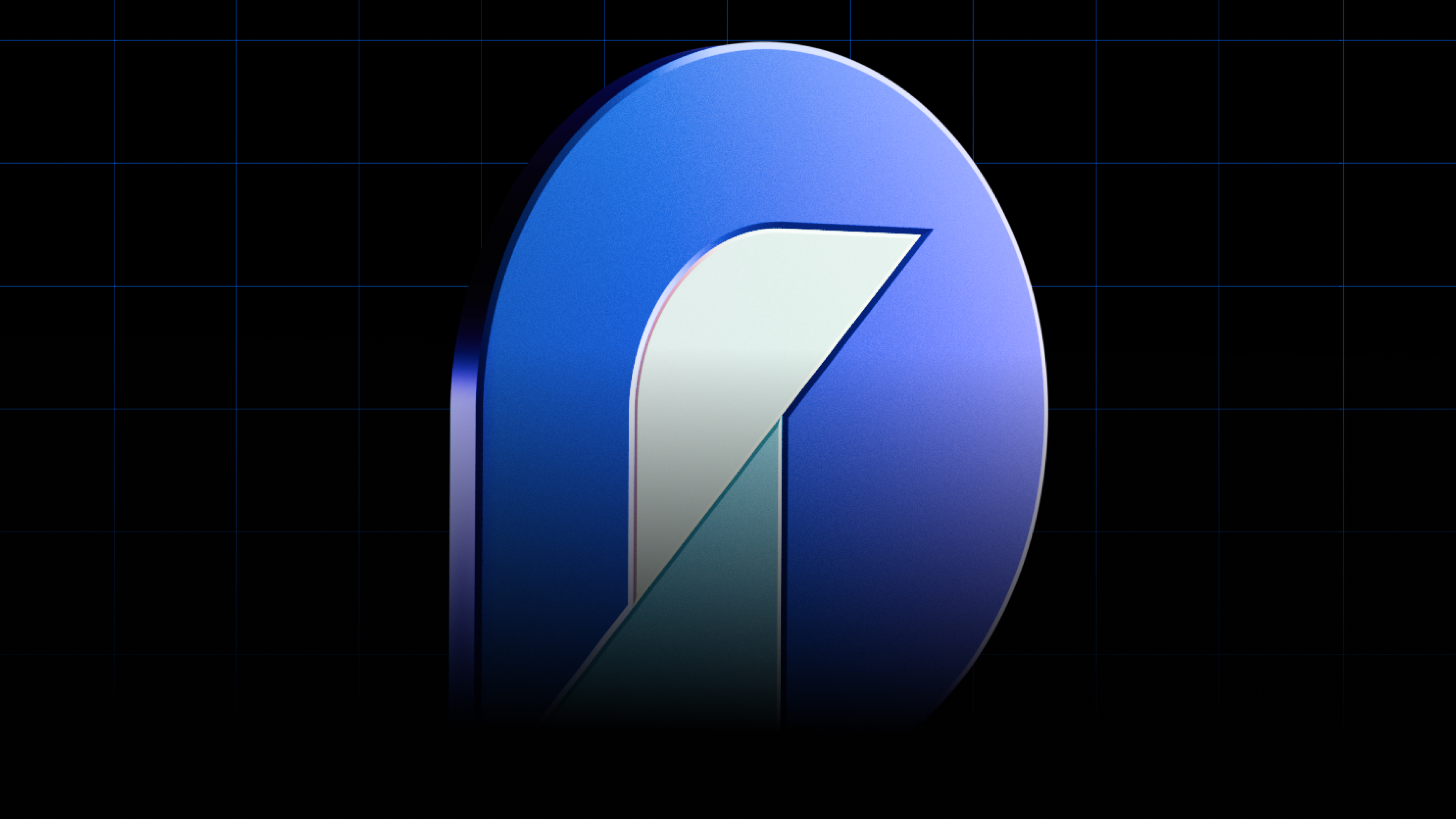At OpenSea, we’re excited to support a growing, cross-chain ecosystem of user-owned digital assets. We’ve been very impressed with the work that the Tezos ecosystem has done to further NFT standards, and we are proud to announce our collaboration with the Tezos ecosystem, which will enable the burgeoning Tezos NFT community to view and trade Tezos-based FA2 NFTs on OpenSea.
Our first integration will allow users to explore Tezos FA2 NFTs on OpenSea, with support for peer-to-peer trading soon after. Users will have the ability to log-in to OpenSea and instantly view their Tezos NFTs alongside NFTs on other blockchains. Lastly, we also plan to integrate Tezos to embeddable, allowing anyone to embed a Tezos NFT in a website or blog post, and easily share a Tezos NFT directly to Instagram.
Why Tezos?
Our first interactions with the Tezos community were centered around feedback from our experiences with ERC-721 and recommendations on how to design a more powerful token standard for NFTs. Since then, the Tezos community has produced exactly that in the FA2 token standard. Similar to Ethereum’s ERC-1155 standard which has been seeing significant growth and interest, FA2 supports a wide range of token types (e.g. fungible, non-fungible, non-transferable, etc.) all in one interface. We’re thrilled that we were able to contribute to this effort.
Furthermore, we also find Tezos attractive because of its under-the-radar growth in developer activity. Tezos development teams are rapidly advancing Tezos with network upgrades every three months. This upgrade cadence is possible because Tezos significantly lowers the coordination costs of executing network upgrades in a decentralized manner at scale. In November, the Delphi upgrade reduced gas consumption by ~75%, and the next upgrade, Edo (set to go live on Feb. 13), adds an experimental new feature called Tickets (read about it here), a native permissions primitive that enables safer composability.
Through its efficient upgrade process, Tezos is able to effectively incorporate innovative technologies and evolve over time. This is beginning to attract application developers and product users frustrated with the exorbitant fees on other blockchains. Some promising projects in the Tezos ecosystem include OpenMinter, Stably’s USDS stablecoin, Kolibri, Spruce’s decentralized identity products, Dexter and QuipuSwap AMMs, Wrap Protocol, Homebase, Tezos Domains, and more.
We’re extremely excited to work with the Tezos ecosystem on this project and are eager to welcome the Tezos NFT community to OpenSea.









.png)

.png)
.png)
.png)
